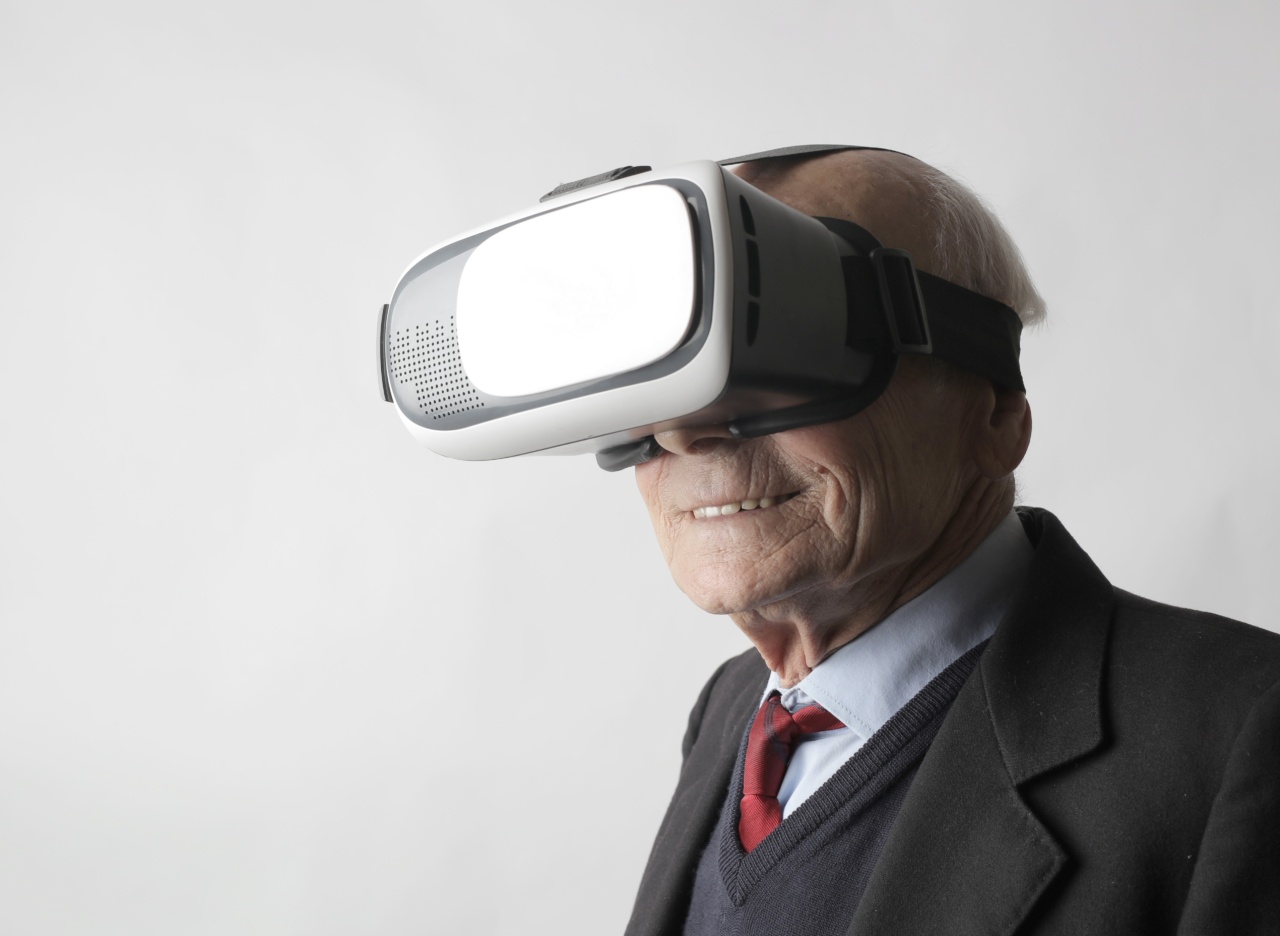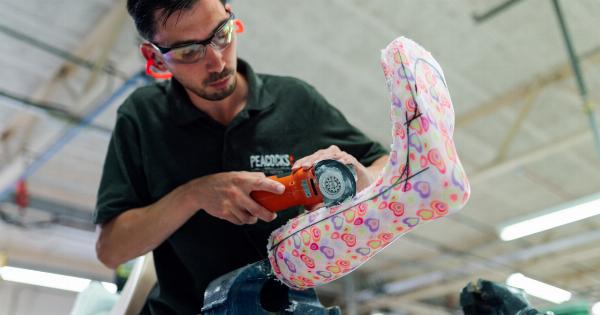Pacemakers are truly revolutionary devices that have transformed the field of cardiology.
These small electronic devices are implanted in the chest or abdomen to regulate and control the heart’s rhythm, ensuring that it beats at a steady and healthy pace. However, a groundbreaking innovation in pacemaker technology is taking this life-saving medical device to a whole new level.
The Intriguing Concept Behind an Innovative Pacemaker
Imagine a pacemaker that mimics the workings of an automatic watch, harnessing the body’s natural movements to generate the energy required to power the device.
This concept, which may sound like something out of a science fiction novel, is actually a reality thanks to the innovative minds in the field of medical technology.
How Does it Work?
The primary objective of a pacemaker is to regulate the heart rate by sending electrical signals to the heart muscle to ensure that it beats at a steady pace.
Traditional pacemakers are powered by a battery, which needs to be replaced periodically through a surgical procedure. However, the new innovative pacemaker takes a completely different approach.
By integrating a mechanism that converts kinetic energy into electrical energy, this unique pacemaker harvests the body’s natural movements to generate power.
Just like the rotor in an automatic watch, the pacemaker utilizes the movement generated by the patient’s heartbeat, walking, or any other body movement to produce electricity. This electricity is then harnessed to power the device, eliminating the need for a battery and obviating the necessity of invasive surgical procedures for battery replacements.
Groundbreaking Advantages of the Innovative Pacemaker
The introduction of an innovative pacemaker with self-sustaining energy generation carries numerous advantages that could revolutionize cardiac healthcare:.
1. Extended Battery Life
With the elimination of batteries, these pacemakers have the potential for an incredibly extended lifespan.
Battery replacements, which can be quite invasive and require regular surgeries, will no longer be necessary, reducing both patient discomfort and the associated risks.
2. Decreased Risk of Infections
Surgical procedures to replace pacemaker batteries introduce the risk of infections, which can have serious consequences for the patient.
By eliminating the need for invasive surgeries, the innovative pacemaker significantly reduces the risk of infections, improving patient safety and well-being.
3. Enhanced Mobility
The ability to generate power through natural body movements grants patients greater freedom and mobility. Traditional pacemakers can restrict certain activities due to the risk of damaging the device or dislodging the pacemaker leads.
With an innovative pacemaker, patients can enjoy improved quality of life, knowing that their movements are contributing to powering their vital medical device.
4. Environmentally Friendly
One of the hidden advantages of a pacemaker that mimics the workings of an automatic watch is its positive impact on the environment.
By eliminating the need for batteries, these innovative devices reduce the number of hazardous materials disposed of in landfills. This eco-friendly approach aligns with the growing demand for sustainable healthcare solutions.
Challenges and Future Implications
While the concept of an innovative pacemaker that harnesses kinetic energy is exciting, there are still several challenges that need to be addressed before it can become widely available:.
1. Power Generation Efficiency
Generating enough electricity to power the pacemaker solely through natural body movements is a significant challenge. The device must efficiently capture and convert the kinetic energy to ensure optimal functionality.
Enhancements in energy harvesting technologies are vital to improve the power generation efficiency and reliability of these innovative pacemakers.
2. Customization and Compatibility
Each patient’s needs and physical activities are unique. The innovative pacemaker must be adaptable to different lifestyles and energy requirements.
Extensive research and development are necessary to create customizable pacemakers that can cater to individuals with varying activity levels and levels of cardiac impairment.
3. Cost and Accessibility
Novel medical technologies often come at a higher price point, limiting access for patients from lower socioeconomic backgrounds.
It is crucial to strike a balance between the affordability of the technology and its incredible benefits to ensure that it becomes accessible to a larger population.
4. Regulatory Approvals
Before innovative pacemakers can be introduced to the market, they must undergo rigorous testing and obtain regulatory approvals.
Compliance with safety and efficacy standards is crucial to ensure patient safety and gain the trust of healthcare professionals and the wider community.
The Future of Cardiac Healthcare
The development and implementation of an innovative pacemaker that mimics the workings of an automatic watch have the potential to revolutionize cardiac healthcare.
By harnessing natural body movements to generate power, this groundbreaking technology can enhance the lives of countless patients.
However, further research and development are necessary to overcome existing challenges and bring this innovative pacemaker to the mainstream.
With advancements in energy harvesting technologies, customization options, affordability, and regulatory approvals, the future holds great promise for this remarkable technology.






























